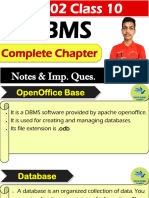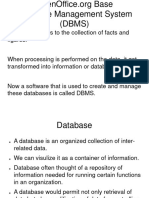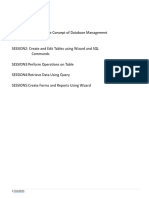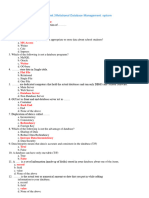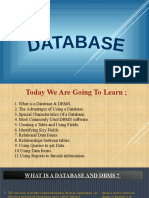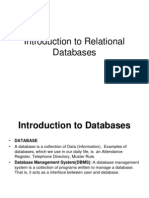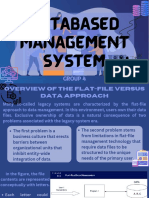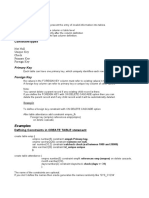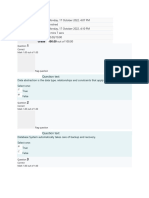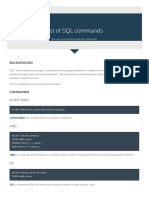0% found this document useful (0 votes)
92 views4 pagesSubject Specific Skills Unit3 Database PDF
for class 10
Uploaded by
Atharva ChauhanCopyright
© © All Rights Reserved
We take content rights seriously. If you suspect this is your content, claim it here.
Available Formats
Download as PDF, TXT or read online on Scribd
0% found this document useful (0 votes)
92 views4 pagesSubject Specific Skills Unit3 Database PDF
for class 10
Uploaded by
Atharva ChauhanCopyright
© © All Rights Reserved
We take content rights seriously. If you suspect this is your content, claim it here.
Available Formats
Download as PDF, TXT or read online on Scribd
/ 4



